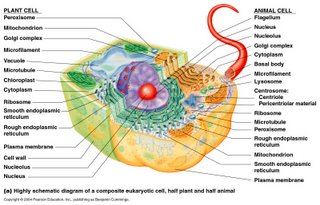Autopoiesis literally means "auto (self) - creation" (from the Greek: auto - for self and poiesis - for creation of production) and expresses a fundamental complementarity between structure and function. The Term was orginally introduced by Chilean biologists Francisco Varel and Humberto Maturana in 1973.
As quoted by Varela and Maturana:
"An autopoietic machine is a machine organized (defined as a unity) as a network of processes of production (transformation and destruction) of components which: (i) through their interactions and transformations continuously regenerate and realize the network of processes (relations) that produced them; and (ii) constitute it (the machine) as a concrete unity in space in which they (the components) exist by specifying the topological domain of its realization as such a network." (Maturana, Varela, 1973, p. 78)
"[…] the space defined by an autopoietic system is self-contained and cannot be described by using dimensions that define another space. When we refer to our interactions with a concrete autopoietic system, however, we project this system on the space of our manipulations and make a description of this projection."
The most relating example of a autopoietic system, and one of the entities that motivated Varela and Maturana to define autopoiesis, is the biological cell. The eukaryotic cell, for example, is made of various biochemical components such as nucleic acids and proteins, and is organized into bounded structures such as the cell nucleus, various organelles, a cell membrane and cytoskeleton. These structures, based on an external flow of molecules and energy, produce the components which, in turn, continue to maintain the organized bounded structure that gives rise to these components. An autopoietic system is to be contrasted with an allopoietic system, such as a car factory, which uses raw materials (components) to generate a car (an organized structure) which is something other than itself (a factory).


